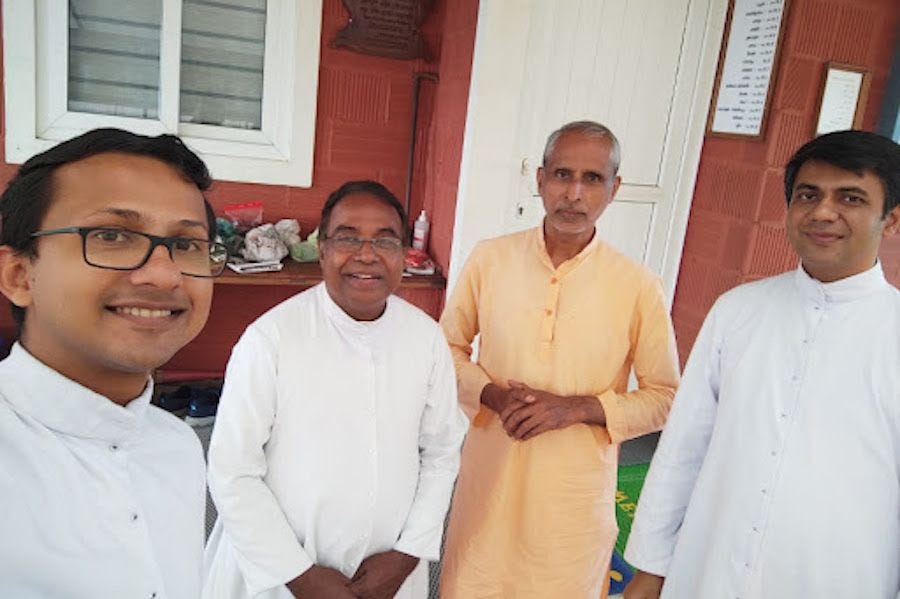‘My day begins at 2:30 am’: An interview with India’s hermit-bishop
"Prayer is not simply to ask for some favors. It is a true union with God, and the dialogue happens between God and man."

Bishop Jacob Muricken is a rarity in the Catholic Church: a prelate who left mid-ministry to pursue the life of a hermit.
The 59-year-old Indian bishop has seldom followed a conventional path. Even when he was an auxiliary bishop of the Syro-Malabar Diocese of Palai (also known as Pala), he was known for his asceticism: walking around barefoot and eating…
